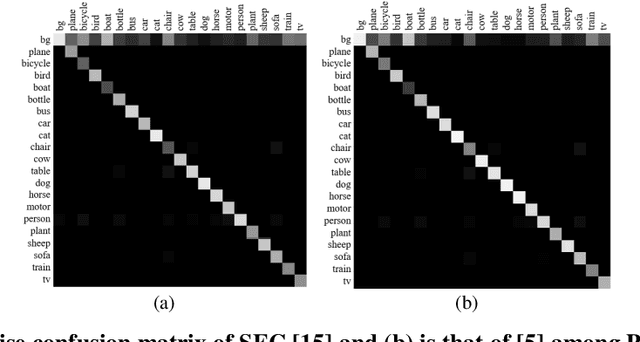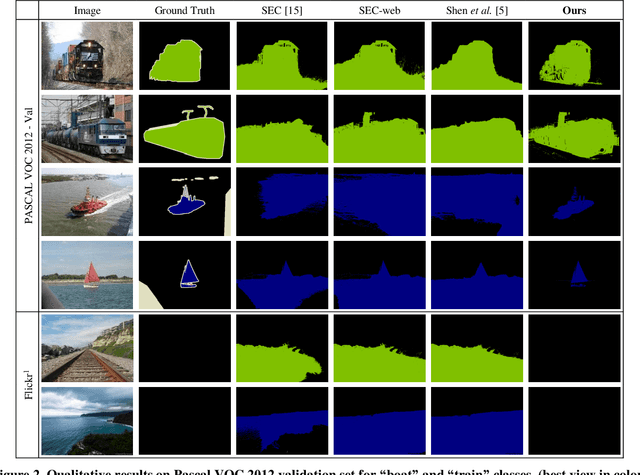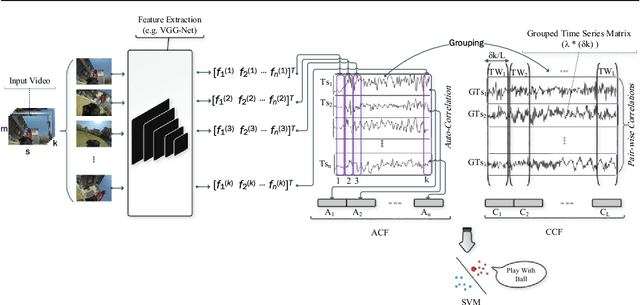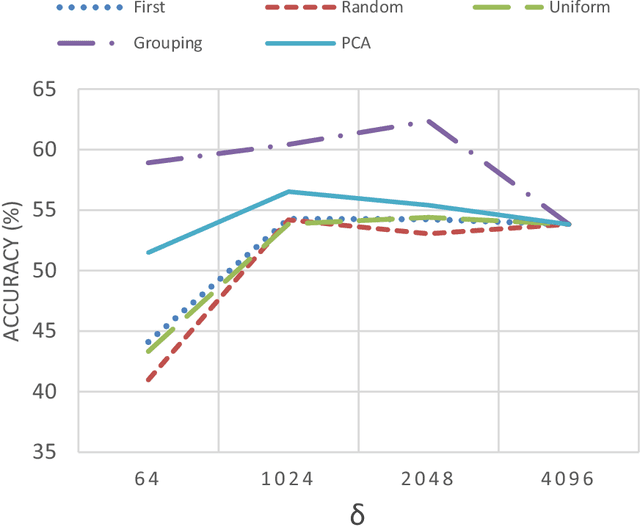Reza Kahani
The effect of scene context on weakly supervised semantic segmentation
Feb 12, 2019



Abstract:Image semantic segmentation is parsing image into several partitions in such a way that each region of which involves a semantic concept. In a weakly supervised manner, since only image-level labels are available, discriminating objects from the background is challenging, and in some cases, much more difficult. More specifically, some objects which are commonly seen in one specific scene (e.g. 'train' typically is seen on 'railroad track') are much more likely to be confused. In this paper, we propose a method to add the target-specific scenes in order to overcome the aforementioned problem. Actually, we propose a scene recommender which suggests to add some specific scene contexts to the target dataset in order to train the model more accurately. It is notable that this idea could be a complementary part of the baselines of many other methods. The experiments validate the effectiveness of the proposed method for the objects for which the scene context is added.
A Correlation Based Feature Representation for First-Person Activity Recognition
Feb 09, 2018



Abstract:In this paper, a simple yet efficient activity recognition method for first-person video is introduced. The proposed method is appropriate for representation of high-dimensional features such as those extracted from convolutional neural networks (CNNs). The per-frame (per-segment) extracted features are considered as a set of time series, and inter and intra-time series relations are employed to represent the video descriptors. To find the inter-time relations, the series are grouped and the linear correlation between each pair of groups is calculated. The relations between them can represent the scene dynamics and local motions. The introduced grouping strategy helps to considerably reduce the computational cost. Furthermore, we split the series in temporal direction in order to preserve long term motions and better focus on each local time window. In order to extract the cyclic motion patterns, which can be considered as primary components of various activities, intra-time series correlations are exploited. The representation method results in highly discriminative features which can be linearly classified. The experiments confirm that our method outperforms the state-of-the-art methods on recognizing first-person activities on the two challenging first-person datasets.
 Add to Chrome
Add to Chrome Add to Firefox
Add to Firefox Add to Edge
Add to Edge